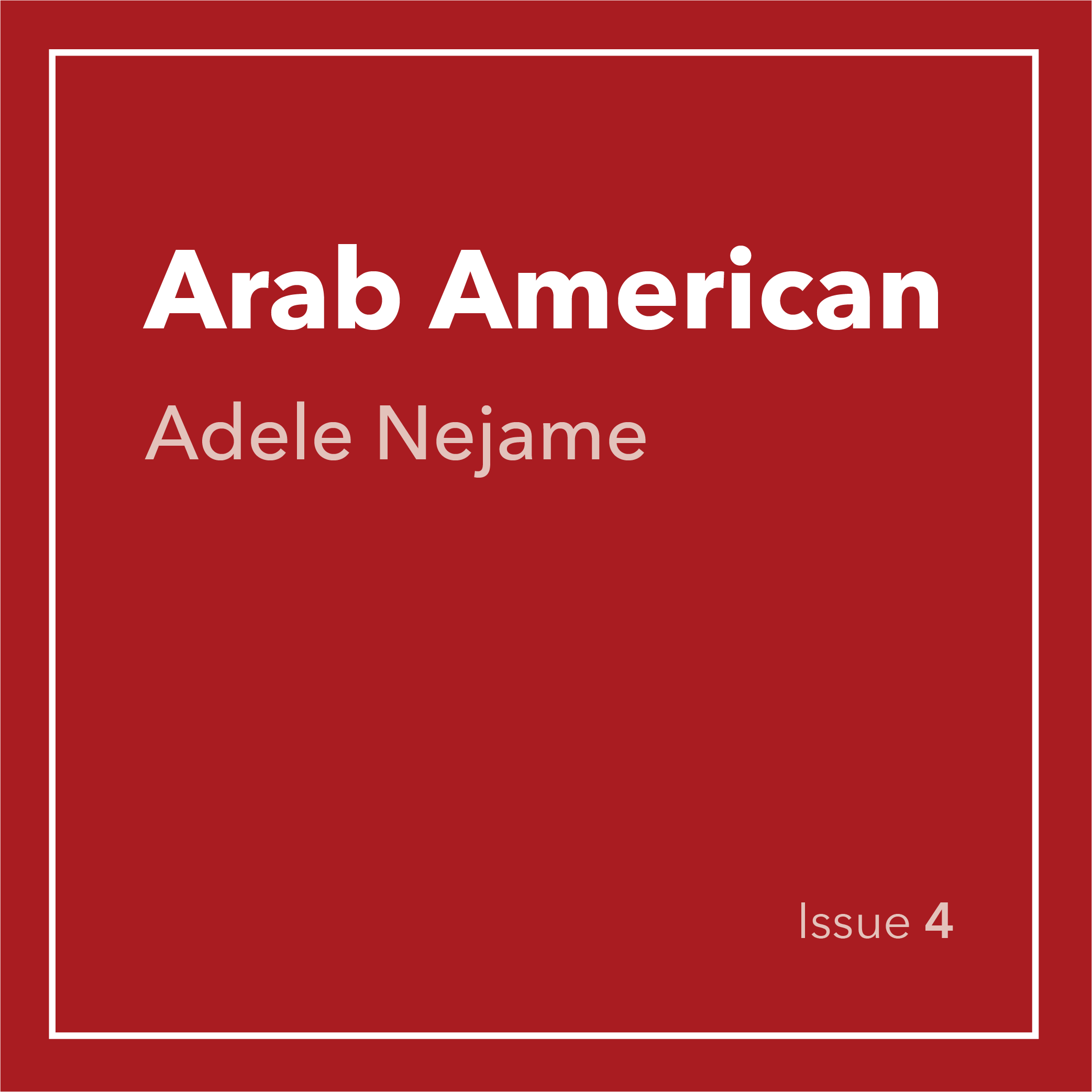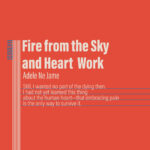
In Beirut, we live surrounded by dead people looking at us.
Joana Hadjithomas and Khalil Joreige
In Arabic, we say hay fina, they live
within us. First, there is the terrible silence,
then the sacrament: a visible sign of invisible
grace, St Augustine said. A way to discover
the unknown when the pain is too much,
when it burns the air around us. Or, there will be forty days of mourning, a modest affair. For many, finally, an image on a poster. Along a beautiful Beirut thoroughfare, for example, there are 42 lamp posts and 42 frames with portraits fading out,
ghostly silhouettes refusing to vanish entirely,
a city, a harbor, a boat sailing away.
Now standing before the walls of this gallery,
I am struck by Faces, the same face, frame after frame progressively blurred, worn away by time,
but still looking at us, the dead, the kidnapped,
the missing. This is a city filled with portraits,
the artist says, the living and the dead side by side. We wonder with such mourning and commemoration, are the dead held up from deciding to retire,
can mourning ever be overcome? I am drawn back, time and again—though there are fifty exhibits. Another: a floating installation of blue neon,
huge and flashing— a full block long that scrawls
in Arabic script the invocation: Inshallah, God willing. It trails along the dark underground passage I walk each day wondering what hard lesson is here for me. Again I return to Faces, feel the dead one’s eyes, beyond borders, commanding my gaze, holding it.
But no death portraits here, I think, of the seven
in my family gone missing on the road
from Beirut to Damascus. After so long, deemed wartime causalities. Nothing but thin air between the living and the dead, except a story
the single surviving sister told me once:
picture a family, one of many thousands,
rail-thin and starving, when an empire,
having chosen the wrong side during the Great War, was collapsing. They fled the high Chouf mountains, walked across the desert dreaming of date palms, wild almonds, a city refuge, but one by one,
they collapsed until only three remained.
The sister, age nine, left to search for desert water, the older brother stayed behind near a great rock to protect the younger, perhaps his name was David, beautiful blond boy with curls, four years old,
she said. But when the sister returned, somehow the young boy was gone, must have wandered off when the older one fell asleep as the desert stars traced fire across a coal-black sky. They searched and searched, calling his name for days thereafter— all their lives, really. Tried to imagine his life
as someone else’s son, someone else’s brother. They published his portrait in newspapers
that carried his face far across the Middle East.
At last, she said, warring Bedouin tribes
on horseback used to steal children in those days. The mourning, the fear in her eyes—
all that breakage, a whole litany of eyes caught
in that lucid blue, requires us as yes-sayers,
though more alone than ever, to speak of
our silent companions, who, like a shimmering fire in the bruised air, are around us everywhere.
Description of exhibit: Faces and ruminations from Provisions,
Joana Hadjithomas & Khalil Joreige, visual artists and film makers. Inshallah installation: Nikolaj Bendix Skyum Larson.
Both exhibits: Sharjah, United Arab Emirates International Biennial, 2009.
Adele Ne Jame is Lebanese American and has lived in Hawai’i since 1969. She serves as Professor Emerita at Hawai’i Pacific University. Also, she served as the Poet-in-Residence at the University of Wisconsin-Madison. She has published four books of poems and won many awards including a National Endowment for the Arts In Poetry, a Pablo Neruda Poetry Prize, a Robinson Jeffers Tor House Prize, and an Eliot Cades Award for Literature. Her poems have been exhibited at the Sharjah/Dubai Biennial and at the Arab American National Museum. She served as a Mikhail Series Lecturer at the University of Toledo in 2022.













